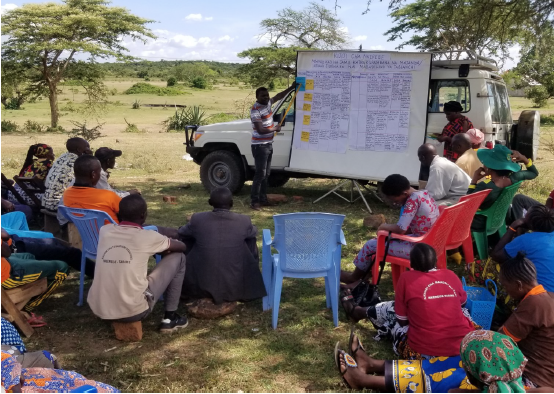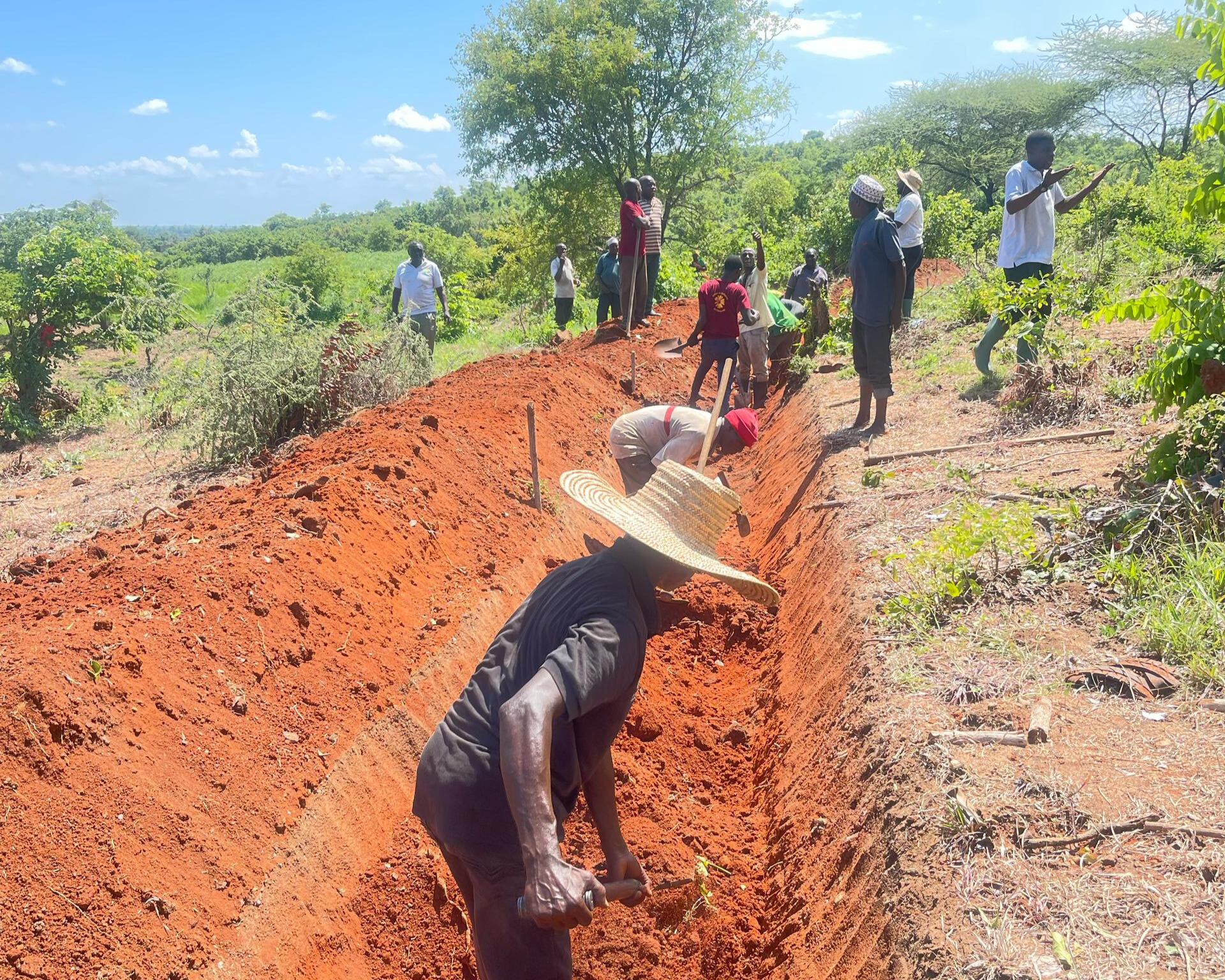Agroecology Without Borders: Reflections from NORPART-EAT Interns in Tanzania
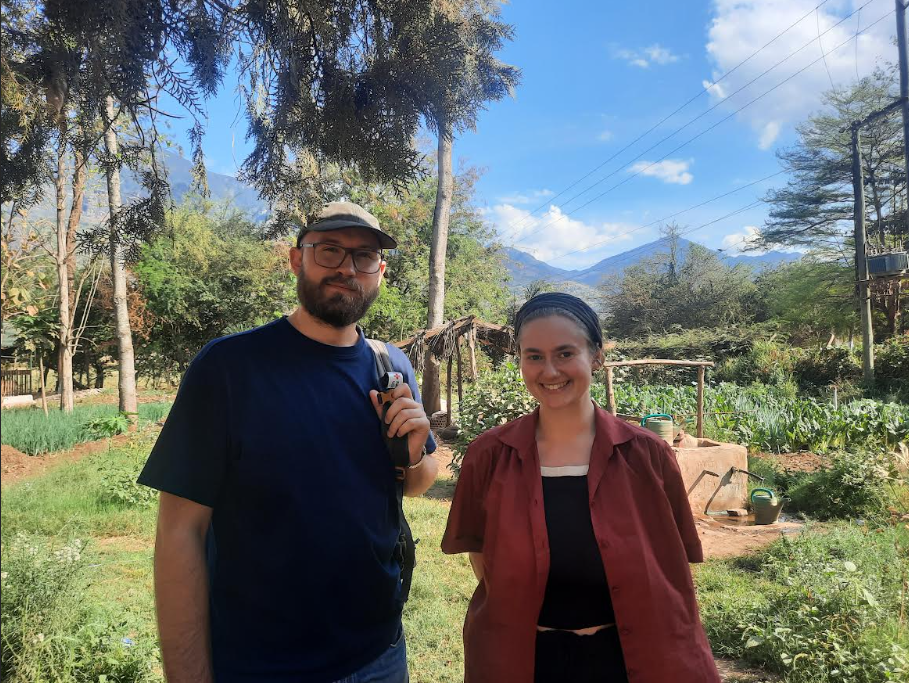
Currently, SAT is hosting Cari Anna Korshavn King and Johannes Dingley, two Master’s students from the Norwegian University of Life Sciences (NMBU), for a three-month internship. The interns are engaging in a wide variety of activities to promote and practice agroecology, gaining hands-on experience alongside farmers who are under the same project.
One of the highlights of their internship was a week at the Farmer Training Centre (FTC) in Vianzi, where they learned directly from farmers practicing agroecological methods under the NORPART-EAT project. Living and learning together, they attended training sessions, shared meals, and practiced Kiswahili while connecting with a diverse community.
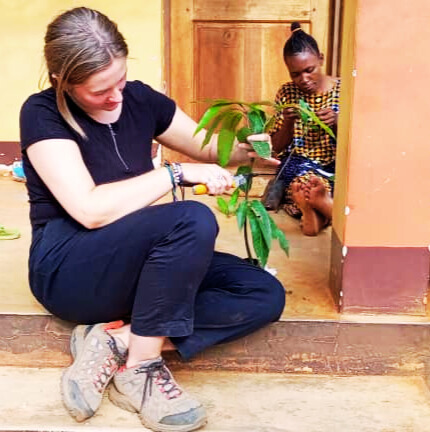
Cari Anna’s Reflection:
"As an Environmental Studies student, I found the training on biofertilizers, cover crops, and the tree nursery especially valuable in the face of climate change. Agroecology enables farmers to adapt, build healthy soil, and increase resilience.
In a practical session, I learned to make compost - a useful biofertilizer in organic farming. We layered leaves, manure, soil, and ash, adding water between layers and letting it decompose before applying it to the fields. I also enjoyed vegetative propagation, learning grafting techniques with avocado seedlings. Using sharp razors, we cut seedlings into a V-shape and grafted them with cuttings from 'mother plants.' I look forward to seeing these seedlings thrive!"
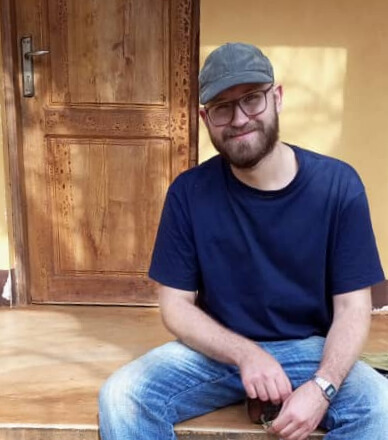
Johannes’ Reflection:
"As an International Relations student, I was most intrigued by the diversity of participants: youth, nuns, farmers and agricultural Tutors all learning under the umbrella of agroecology.
The chicken disease management training was particularly interesting and useful, as I keep chickens at home. I was surprised by how much I didn’t know and hope such courses become the norm everywhere."
We are so thankful for the opportunity to have joined these training sessions and learn about agroecology with hands-on experience, all while getting to know lots of new people. Thank you to all the facilitators, and to everyone who helped with translation. We look forward to the rest of our time with SAT. Asanteni sana!
Learning Together with Youth
Alongside youth participants, Cari Anna and Johannes explored value addition techniques, including drying mushrooms, pineapple, and sweet potatoes to extend shelf life and improve market opportunities.
They also contributed to mushroom farming experiments, preparing growing media with sawdust, water, and molasses, sterilizing it in an oil drum, and inoculating it with oyster mushroom spores. Through hands-on practice, they learned from initial failures and helped execute a successful second attempt, gaining practical insights into agroecological farming techniques
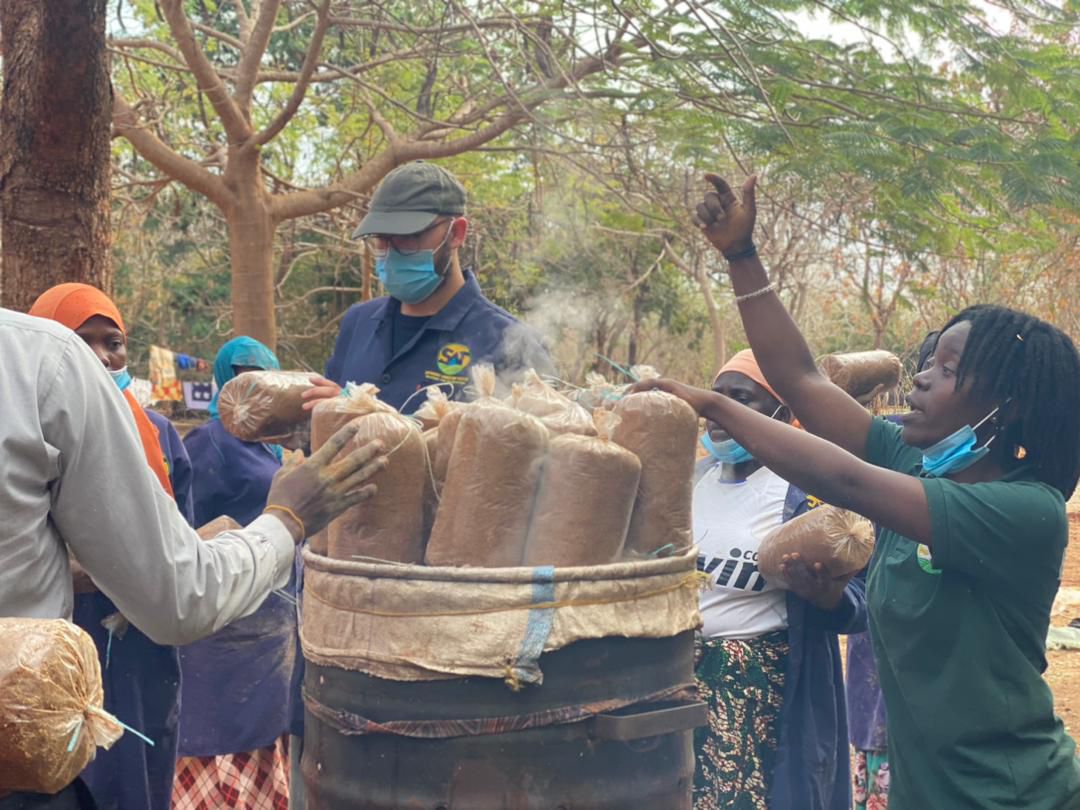
Why This Matters
Their reflections show how agroecology connects people across borders, cultures and disciplines while strengthening farmers’ resilience to climate change.
This internship is part of the NORPART-EAT Project, fostering academic and cultural exchange between institutions in Norway and Tanzania, and helping create future leaders for sustainable farming.
The Project is implemented in cooperation with Norwegian University of Life Sciences, Sokoine University of Agriculture, and Sustainable Agriculture Tanzania and supported by the Norwegian Directorate for Higher Education and Skills, Research Council of Norway.


